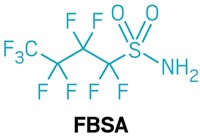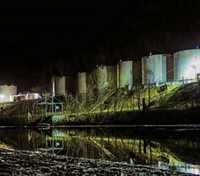Advertisement
Grab your lab coat. Let's get started
Welcome!
Welcome!
Create an account below to get 6 C&EN articles per month, receive newsletters and more - all free.
It seems this is your first time logging in online. Please enter the following information to continue.
As an ACS member you automatically get access to this site. All we need is few more details to create your reading experience.
Not you? Sign in with a different account.
Not you? Sign in with a different account.
ERROR 1
ERROR 1
ERROR 2
ERROR 2
ERROR 2
ERROR 2
ERROR 2
Password and Confirm password must match.
If you have an ACS member number, please enter it here so we can link this account to your membership. (optional)
ERROR 2
ACS values your privacy. By submitting your information, you are gaining access to C&EN and subscribing to our weekly newsletter. We use the information you provide to make your reading experience better, and we will never sell your data to third party members.
I read “Measuring Persistence” with great interest (C&EN, March 2, page 10). However, I do recall slightly different versions of the two events mentioned in the article: the PCB (polychlorinated biphenyl) poisoning in Michigan and the Kepone poisoning in Virginia. The Michigan Chemical Co. manufactured Nutrimaster, a lactating agent, and Firemaster, a flame retardant. The Firemaster bags had been depleted, and the Nutrimaster bags were used by mistake.
As for the incident in Hopewell, Va., Allied Chemical was no longer manufacturing Kepone because of a lack of profit and so allowed some of its workers to continue the process in a defunct service station. The process was not performed under ideal conditions, brought to light by the fact that the men working in the plant were all young, married, and childless. An internist determined that they were not producing sufficient sperm; exposure to Kepone was suspected as the reason. There may have been other symptoms, as the article reports, but this is the driving force that I remember.
Virlyn W. Burse
Atlanta




Join the conversation
Contact the reporter
Submit a Letter to the Editor for publication
Engage with us on Twitter